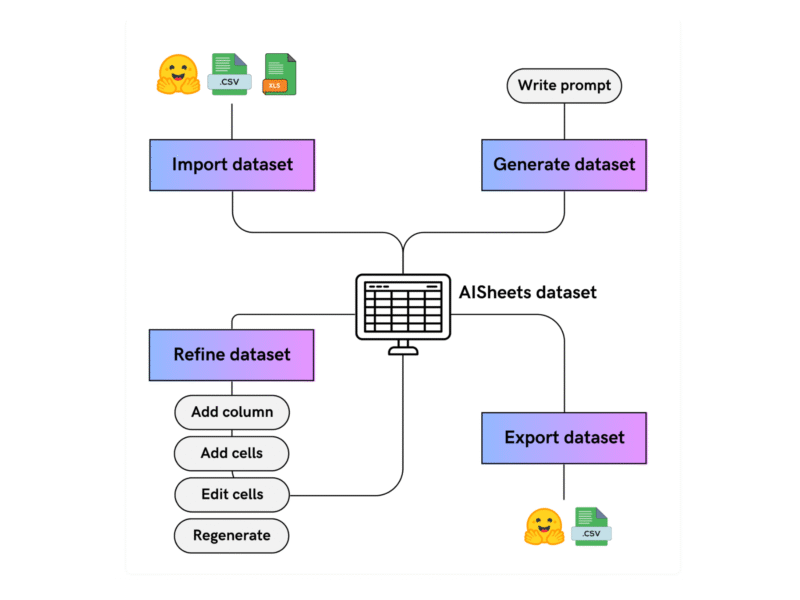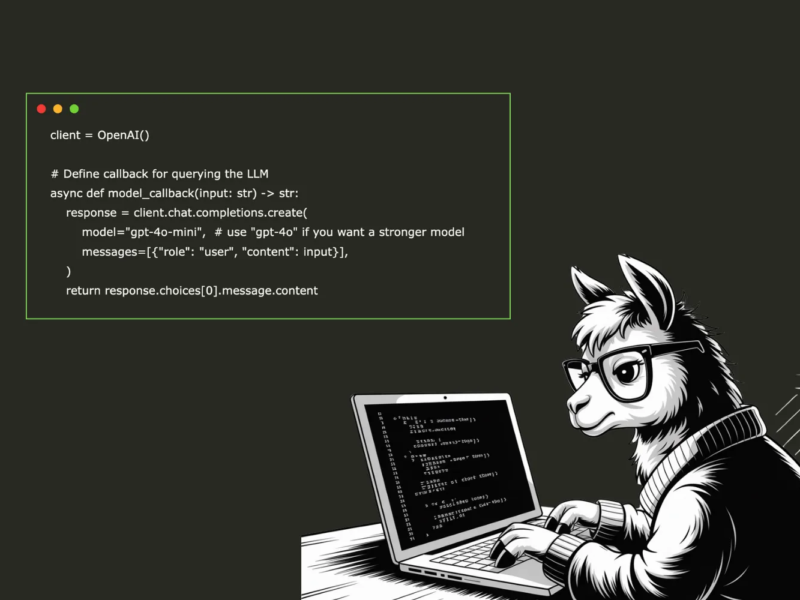Casper, Wyoming-based startup Humanizer AI has rolled out a new tool aimed at helping writers smooth over AI-generated drafts so they pass detection software without losing their personal flair.
It’s pitched as a bridge between creativity and credibility—especially for those who use AI to draft but want the final version to feel unmistakably human.
The announcement comes at a time when educators and professionals alike wrestle with how to spot AI-generated content—and whether such tools unfairly penalize authentic writing that just happens to be polished.
I’ve seen firsthand how students can be flagged for using a rich vocabulary or complex sentence structures. That’s why a humanizer with detection awareness could ease anxiety over getting wrongly flagged.
Humanizer AI isn’t alone in this space. Academic studies show AI detectors are often unreliable—one study found accuracy of under 80%, and even lower when text is paraphrased. In response, tools like Humanizer AI aim to walk the line between stylistic enhancement and detection safety.
Beyond papers, Winston AI features visual heat maps pinpointing which bits the detector flags—a kind of vulnerability report for your text.
Meanwhile, Copyleaks’ AI detector merges semantic analysis with traditional plagiarism checks and claims over 99% accuracy—even with paraphrased AI content.
Here’s the real kicker: I caught my eye on how intertwined creativity and compliance have become. Writers want to express nuance and originality—not sound flat or robotic—and yet avoid triggering detectors trained to sniff out consistency.
Tools like Humanizer AI are leaning into that space, claiming to help writers preserve their signature quirks while slipping under the radar.
But beyond writing styles, it’s a broader cultural shift: AI detection and human writing are locked in a feedback loop.
As detectors get sharper, so do humanizing tools. It’s a digital dance where both sides—creators and scanners—are trying to stay two steps ahead. Whether that’s a win for creativity—or a loophole to exploit—is still up for debate.

